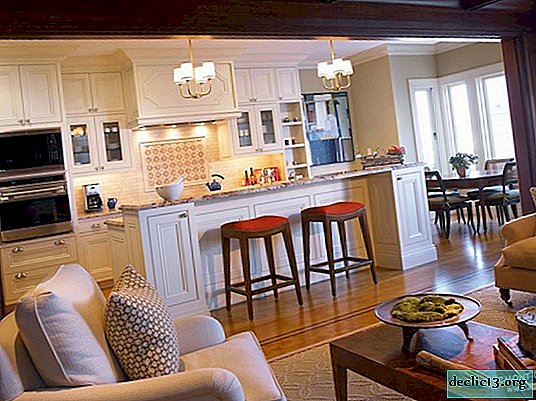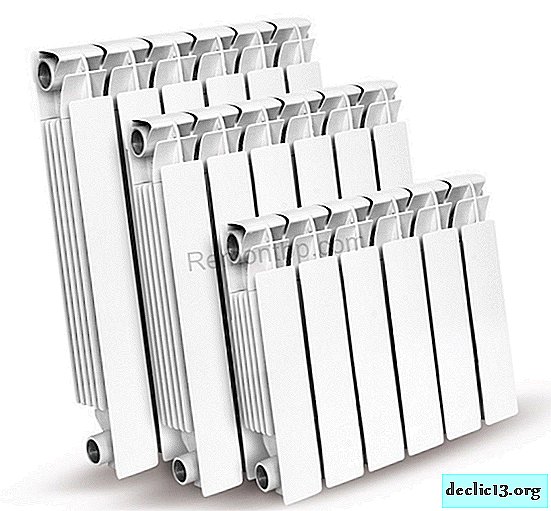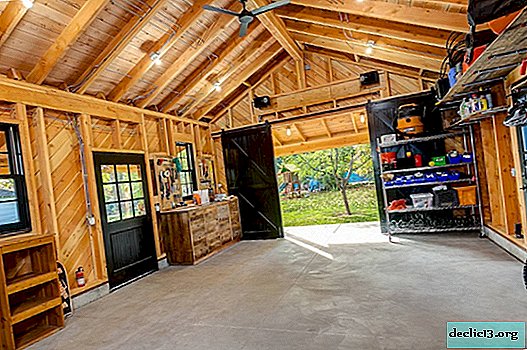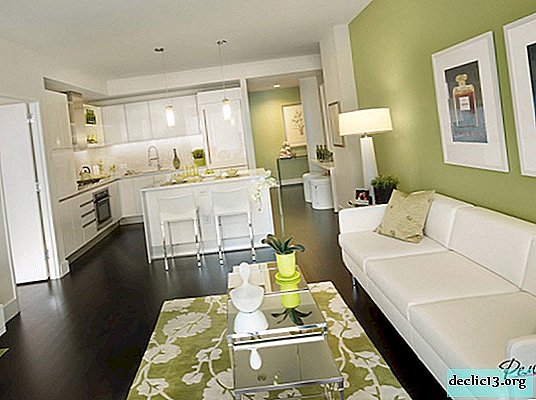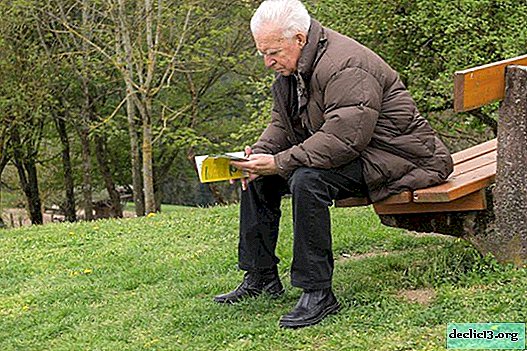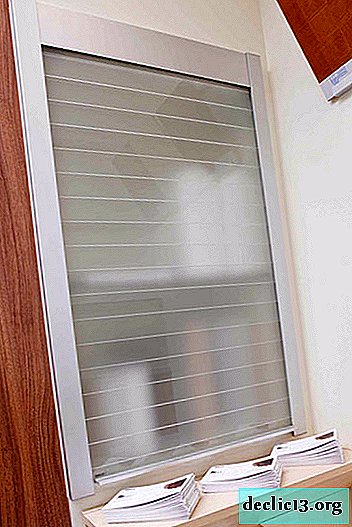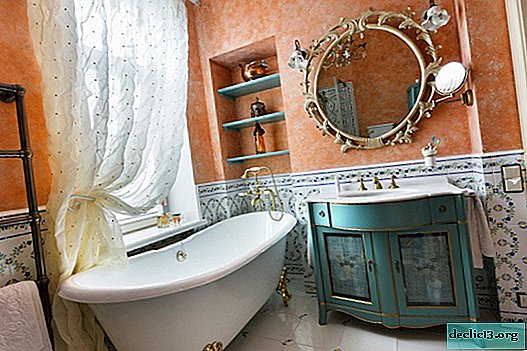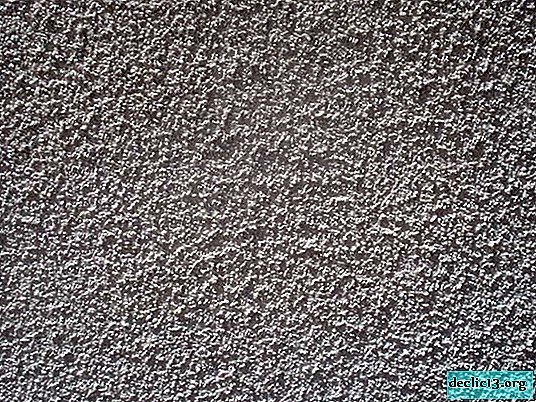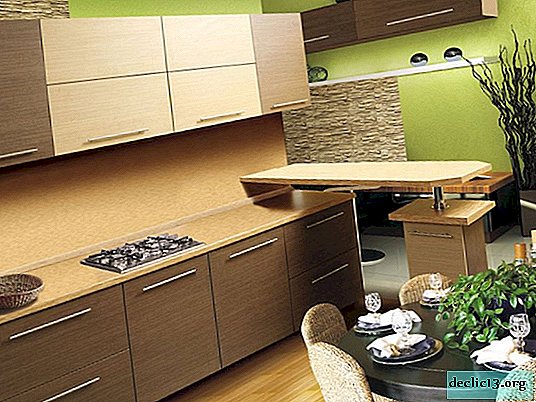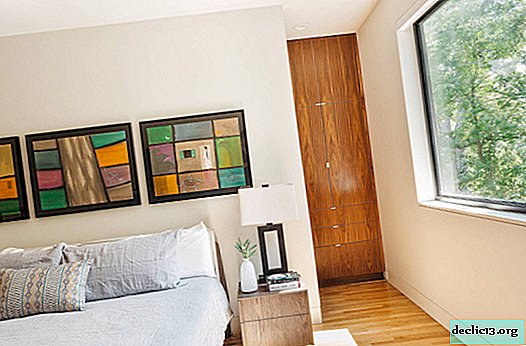Painting the walls in the bathroom
In the distant Soviet times, when ceramic tiles were in short supply, the painted walls of the bathroom were quite commonplace. And although the choice of materials was not rich, nevertheless, the painted surface successfully resisted high humidity and temperature. Today, when paint and varnish products are at a higher quality level, and the choice of colors and shades is truly huge, wall painting is again gaining popularity. Painted walls combine well with ceramic tiles and plastic panels, that is, you can combine these materials.
Preparatory work
First of all, old finishing materials are removed: paint, tile or panels. Further, all flaws of the wall surface are eliminated, for which use putty or plaster mixes. For wet rooms, it is better to use latex based putty. Putty is applied in two layers, the first eliminates wall defects, and the second is grinding. But before applying the second layer, a time interval of at least a day is needed to dry the first layer. Further, the wall surface is primed with a waterproof primer. To avoid mold, the walls are treated with an antiseptic solution or covered with a thin layer of acrylic paint, which is an antiseptic. Before painting, the walls are dried. For all the nuances of the preparatory work, read here.
Paint and tools
The choice of tools is limited - roller, brush or spray gun. If the room is small, then a short-nap roller and a brush are what you need. From the entire spectrum of paints and varnishes, the most suitable are: water-based, latex and acrylic paints. These compounds have:
- high moisture resistance;
- environmental friendliness;
- practicality, that is, walls are easily washed
- abrasion resistance.
In addition, all these paints dry quickly, and therefore painting work will not take much time. Basically, all paints are white and the color is selected using a color scheme, which must be thoroughly mixed mechanically or manually.
Painting the walls in the bathroom
Before starting the painting, you should close the ceiling from paint splashes, this is done using masking tape. The painting process is best started at the junction of the ceiling and the wall. Work is done without a strong pressure on the roller. In this case, two layers of paint must be applied. If acrylic or latex paints are used, then the second layer is applied after drying of the first, if the paint is water-based, then drying is optional. In this case, the first layer is applied horizontally, and the second vertically. For a good result, the paint should dry after work. It is important to prevent drafts, warm batteries, fans and other “fast” drying methods. The paint should dry naturally.
Do-it-yourself self-staining is the best option for a quick, beautiful and economical wall decor in the bathroom.

